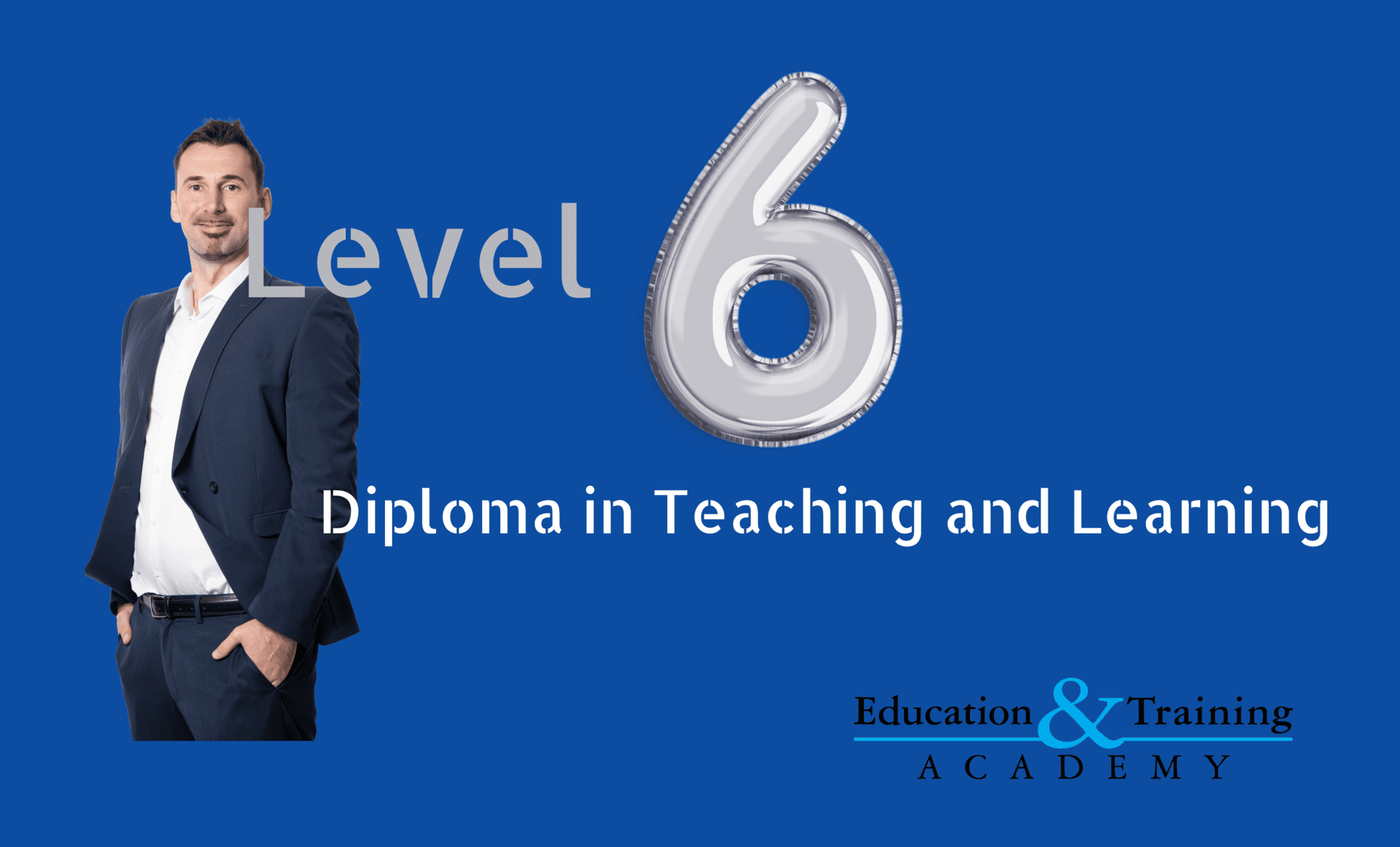
Fostering Collaboration: Sharing Knowledge and Skills in Teaching Practice
Analyzing the characteristics of group environments that facilitate learning and development is crucial for educators striving to create effective learning settings. Here's an in-depth exploration of these essential characteristics:
Open Communication for Level 6 Diploma in Teaching and Learning and Level 5 Diploma in Teaching (FE and Skills) (DiT)
Encouraging open communication enables learners to freely share their thoughts, questions, and ideas, fostering active engagement and a sense of inclusion within the group. In literature discussion groups, learners express their interpretations without fear of judgment, facilitating deeper analysis and mutual learning.
Active Participation for Level 6 Diploma in Teaching and Learning and Level 5 Diploma in Teaching (FE and Skills) (DiT)
Promoting active participation involves learners actively contributing to discussions, projects, and activities, enhancing their understanding through hands-on engagement. In science experiments, collaborative testing and analysis ensure each learner actively participates in the scientific process, leading to comprehensive learning outcomes.
Clear Goals and Objectives for Level 6 Diploma in Teaching and Learning and Level 5 Diploma in Teaching (FE and Skills) (DiT)
Establishing clear learning goals and objectives provides learners with a sense of purpose and direction, guiding their efforts towards specific outcomes. Through project-based learning units, learners receive transparent project descriptions and success criteria, clarifying the purpose of their work and expectations.
Shared Accountability for Level 6 Diploma in Teaching and Learning and Level 5 Diploma in Teaching (FE and Skills) (DiT)
Emphasizing shared accountability reinforces the idea that group members are responsible for both individual contributions and collective success. In group research projects, each student's designated role and tasks contribute to the final presentation's quality, highlighting the importance of collaborative effort.
Diverse Perspectives for Level 6 Diploma in Teaching and Learning and Level 5 Diploma in Teaching (FE and Skills) (DiT)
Embracing diverse perspectives enriches discussions by offering varied viewpoints and experiences, fostering critical thinking and a comprehensive understanding of topics. In history classes, learners from different cultural backgrounds provide insights into historical events, promoting a deeper appreciation of diverse narratives.
Effective Leadership for Level 6 Diploma in Teaching and Learning and Level 5 Diploma in Teaching (FE and Skills) (DiT)
Providing effective leadership ensures discussions remain focused, group dynamics are managed, and all learners have the opportunity to contribute. Student facilitators guide debates in social studies classes, promoting clear argumentation and equitable participation among learners.
Collaborative Learning Activities for Level 6 Diploma in Teaching and Learning and Level 5 Diploma in Teaching (FE and Skills) (DiT)
Engaging in collaborative activities, such as group projects, fosters teamwork and cooperation towards common goals. Learners collaborate on multimedia presentations about historical events, integrating research, design, and presentation skills for shared success.
Constructive Feedback Culture for Level 6 Diploma in Teaching and Learning and Level 5 Diploma in Teaching (FE and Skills) (DiT)
Cultivating a culture of constructive feedback encourages learners to refine their work based on peer and teacher input. Post-peer review sessions, learners offer feedback on essays, promoting continuous improvement and mutual support within the group.
Inclusive and Respectful Atmosphere for Level 6 Diploma in Teaching and Learning and Level 5 Diploma in Teaching (FE and Skills) (DiT)
Creating an inclusive environment where all learners feel valued fosters open dialogue and diverse participation. Through differentiated instruction, teachers ensure all learners actively engage in discussions, promoting a culture of respect and inclusivity.
Use of Varied Learning Resources for Level 6 Diploma in Teaching and Learning and Level 5 Diploma in Teaching (FE and Skills) (DiT)
Incorporating diverse resources exposes learners to different perspectives and learning styles, enriching their educational experience. In history lessons, primary sources like letters and photographs provide insights into World War II experiences, enhancing learners' understanding of historical contexts.
By embracing these characteristics, educators can create dynamic group environments that promote active learning, critical thinking, collaboration, and personal development among learners pursuing the Level 6 Diploma in Teaching and Learning and the Level 5 Diploma in Teaching (FE and Skills) (DiT).

